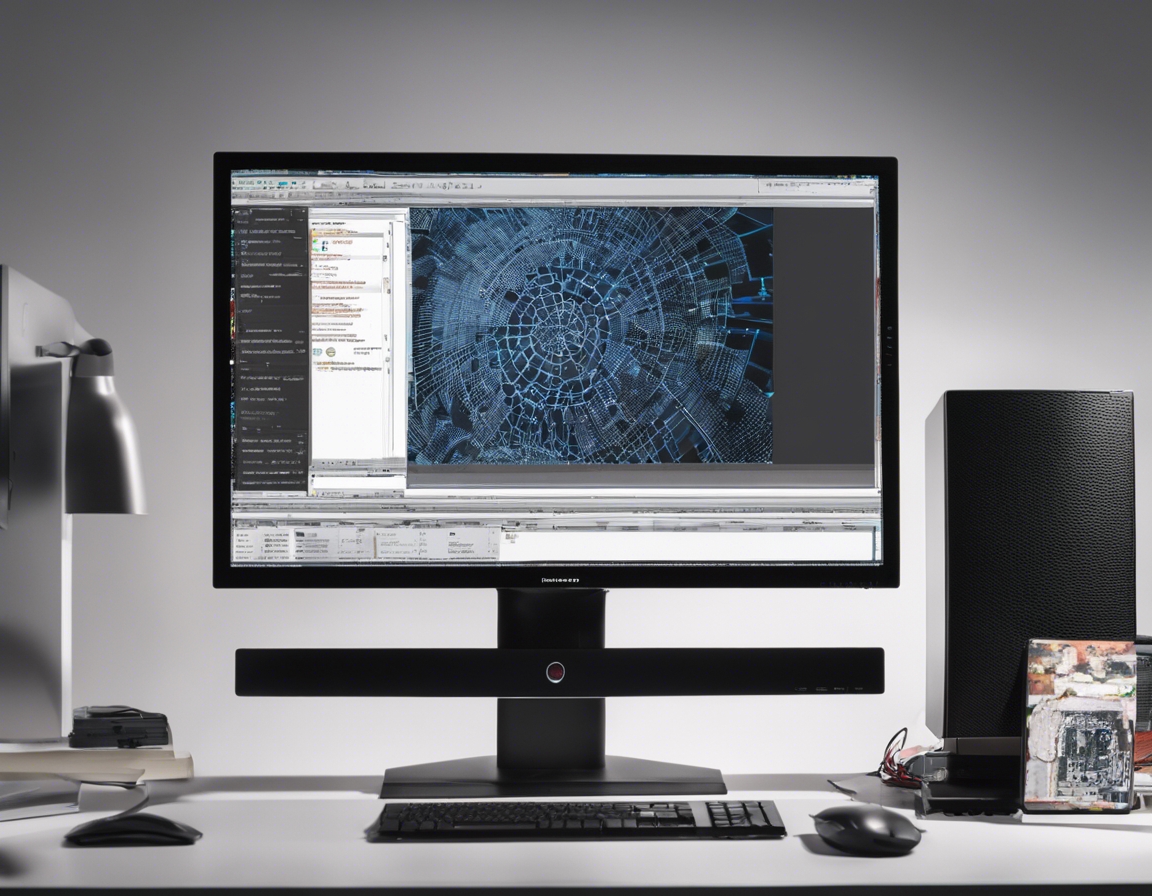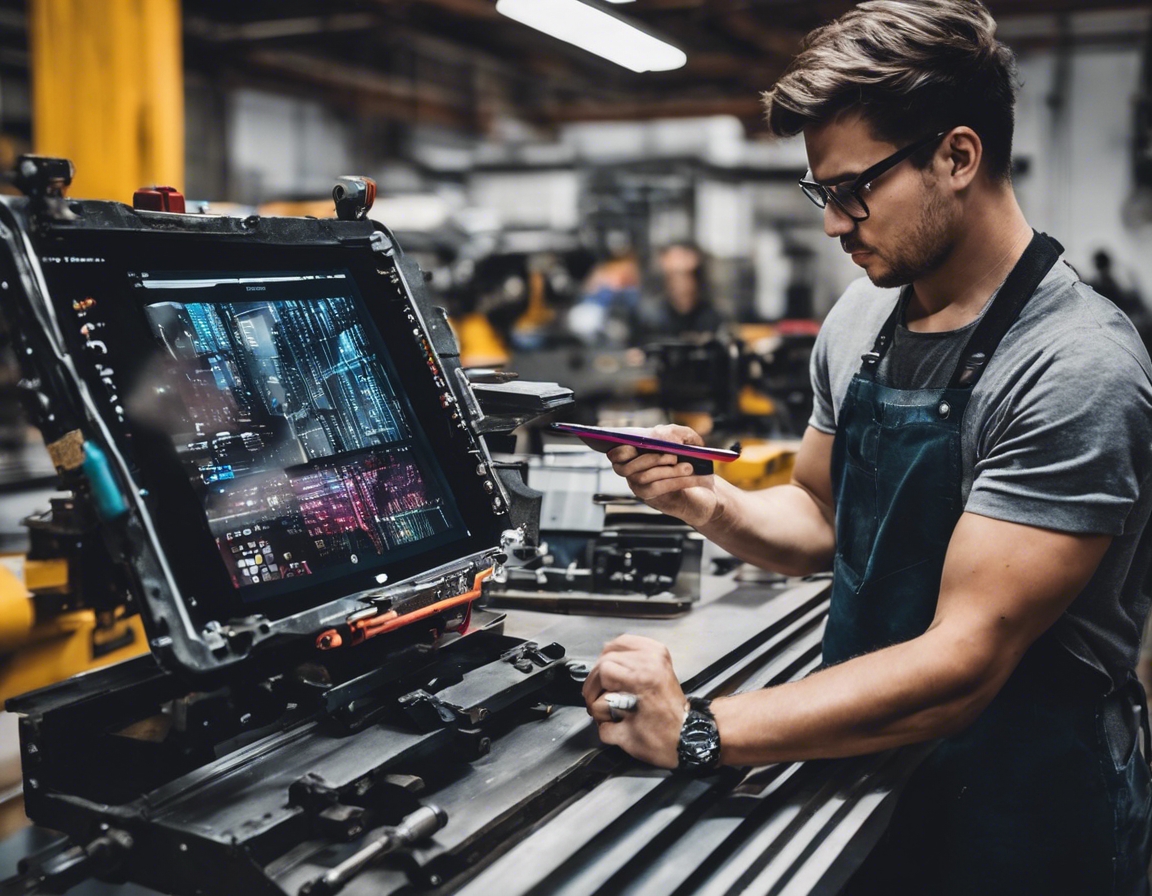The ultimate guide to cnc machine tool programming
CNC machine tool programming is a critical skill in the manufacturing industry, enabling the precise control of complex machinery to produce parts with high accuracy and efficiency. This guide will delve into the intricacies of CNC programming, offering insights and techniques to both novice and experienced programmers.
Understanding the Basics of CNC Programming
Computer Numerical Control (CNC) refers to the automated control of machining tools and 3D printers by means of a computer. CNC machines interpret a set of instructions in the form of alphanumeric codes, which dictate the movement and operation of the machinery.
CNC technology has revolutionized the manufacturing industry by providing the ability to produce complex shapes with high precision that are impossible to achieve with manual machining.
There are various types of CNC machines, including milling machines, lathes, and routers, each designed for specific manufacturing processes.
Getting Started with CNC Programming
Key concepts in CNC programming include understanding coordinates, tool selection, and interpreting geometric dimensions and tolerances.
The most widely used CNC programming languages are G-code and M-code, which provide the instructions for machine operations.
Before programming, it's essential to properly set up the CNC machine, including tool placement, workpiece securing, and calibration.
Advanced CNC Programming Techniques
3D modeling software can greatly enhance the CNC programming process by providing a visual representation of the final product.
Programmers can optimize CNC programs by reducing cycle times, improving tool paths, and minimizing tool changes.
Advanced toolpath strategies such as trochoidal milling, peel milling, and high-speed machining can improve efficiency and surface finish.
CNC Programming Software Solutions
Modern CNC software offers features such as simulation, error checking, and automated toolpath generation.
Selecting the appropriate software is crucial and depends on the specific needs of the manufacturing process.
Effective integration of CNC software into production workflows can streamline operations and enhance collaboration among team members.
Best Practices in CNC Programming
Maintaining high levels of precision and accuracy is paramount in CNC programming to ensure the quality of the final product.
Adhering to safety protocols is essential to prevent accidents and damage to machinery during CNC operations.
The field of CNC programming is constantly evolving, and staying updated with the latest techniques and technologies is crucial for success.





Comments (0)